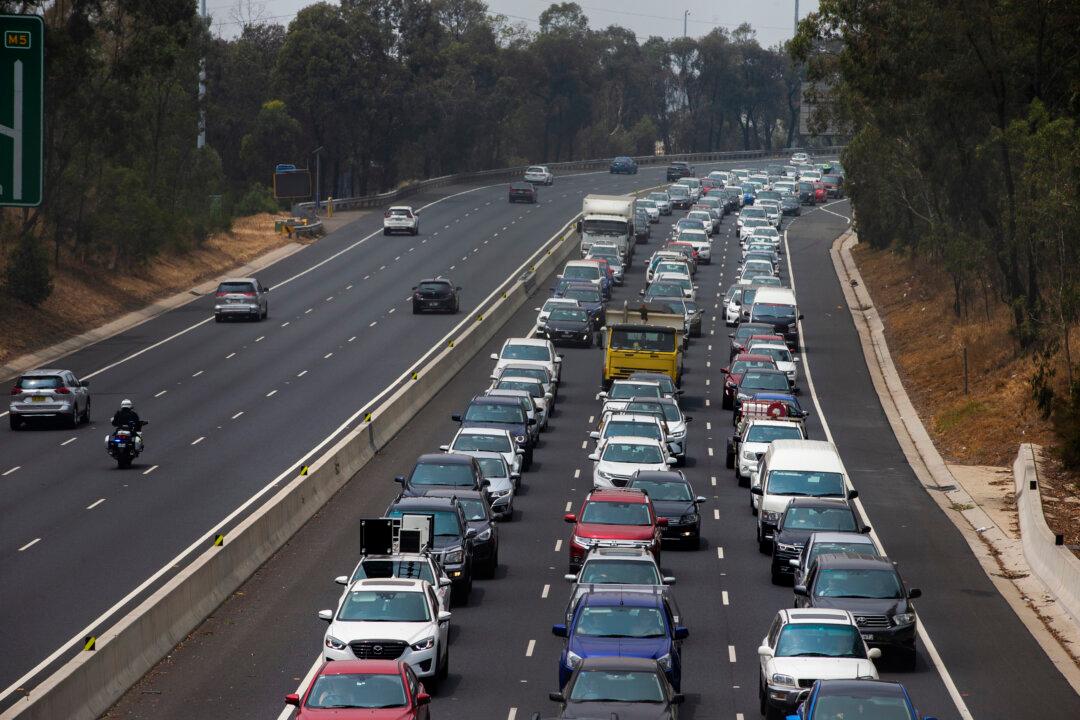Australia’s federal government has announced it will invest $17 million towards helping curb the spread of tuberculosis in Asia and the Pacific—a disease estimated to kill one person globally every 20 seconds.
The Global Alliance for Tuberculosis (TB) is a conglomerate of national health agencies and technology funds, which include the Bill and Melinda Gates Foundation, and is tasked with reversing deaths caused by the bacterial infection that most often affects the lungs.





